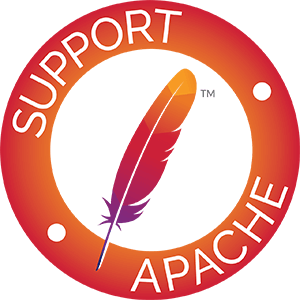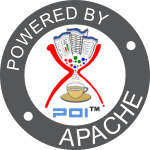Apache POI™ - Source Code Repository
Download the Source
Most users of the source code probably don't need to have day to day access to the source code as it changes. Therefore most users will want to make use of our source release packages, which contain the complete source tree for each binary release, suitable for browsing or debugging. These source releases are available from our download page.
The Apache POI source code is also available as source artifacts in the Maven Central repository, which may be helpful for those users who make use of POI via Maven and wish to inspect the source (eg when debugging in an IDE).
Access the Version Controlled Source Code
Apache POI uses Git as its version control system. We switched from Subversion to Git in July 2025.
- For access to the latest Apache POI code, please use https://github.com/apache/poi/tree/trunk/
If you are not a Committer, but you want to submit patches or even request commit privileges, please see our Contribution Guidelines for more information.
Git access to POI sources
The trunk source repository for Apache POI is in gitbox.apache.org. The GitHub mirror can be used to access the repo too (https://github.com/apache/poi). You can create PRs and issues using GitHub, if you like.
Code metrics
Code quality reports for Apache POI are available on the Apache Sonar instance.
Sonar provides lots of useful numbers and statistics, especially watching the project over time shows how some of the indicators evolve and allows to see which areas need some polishing.
by Nick Burch



